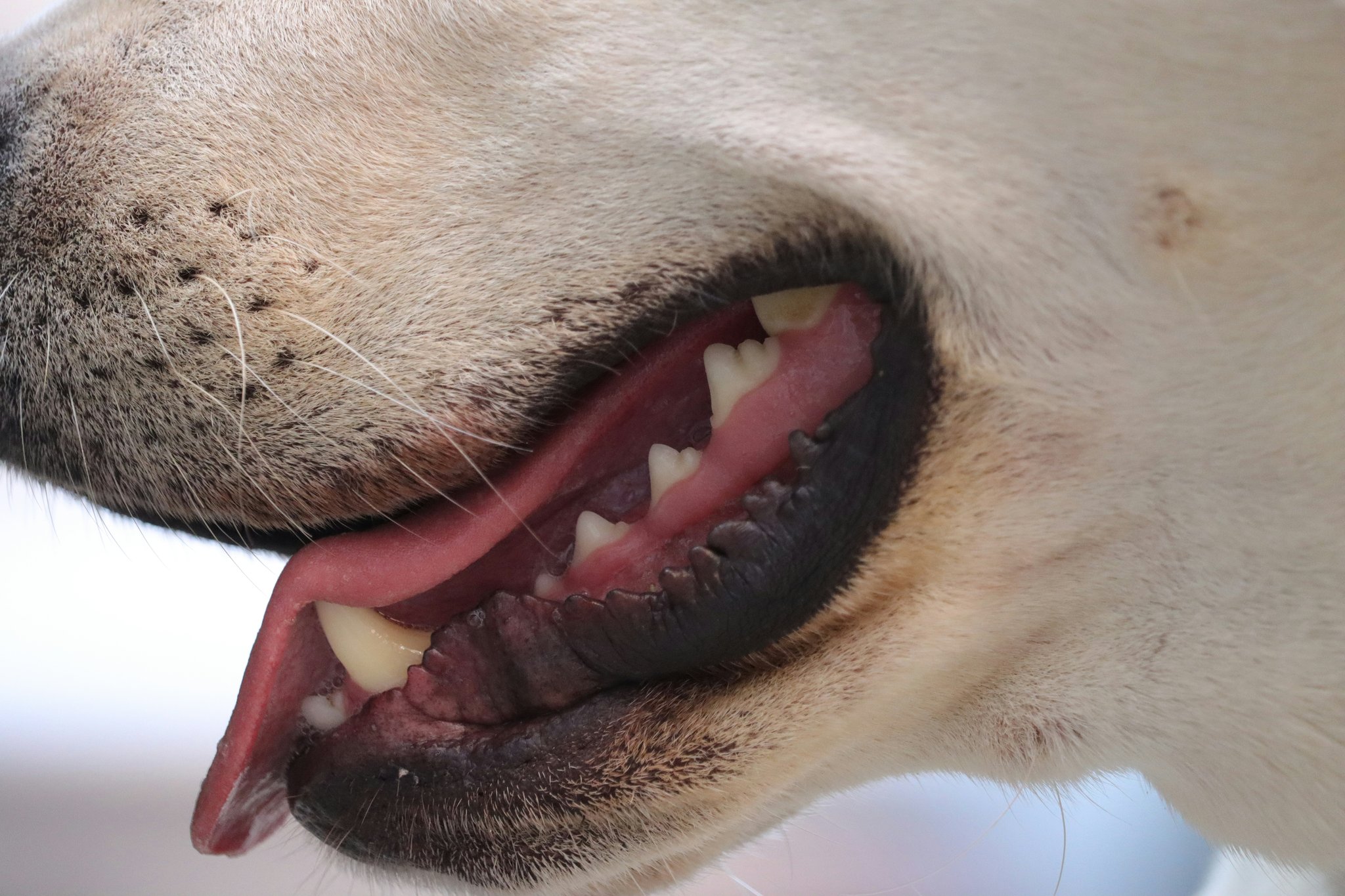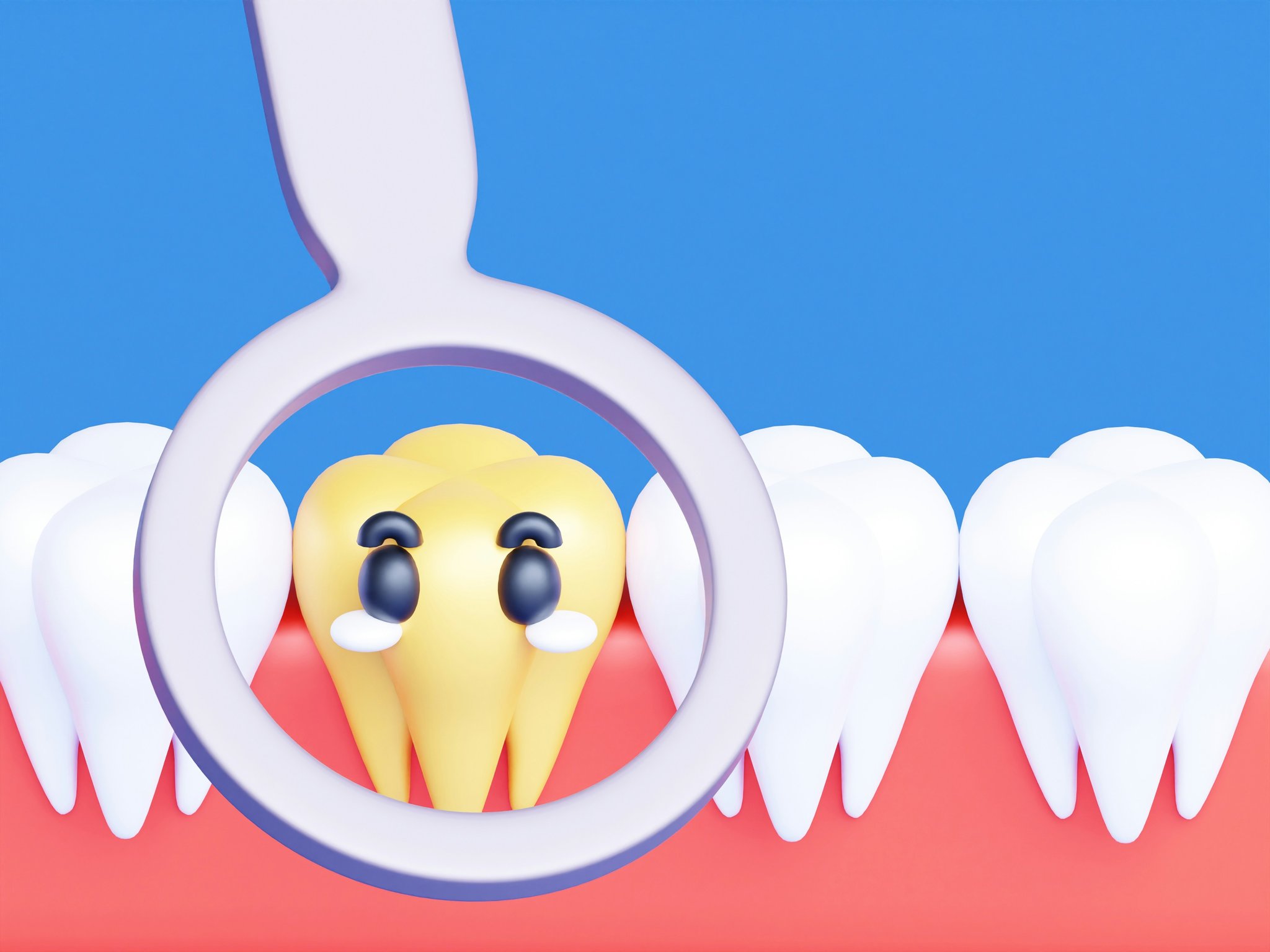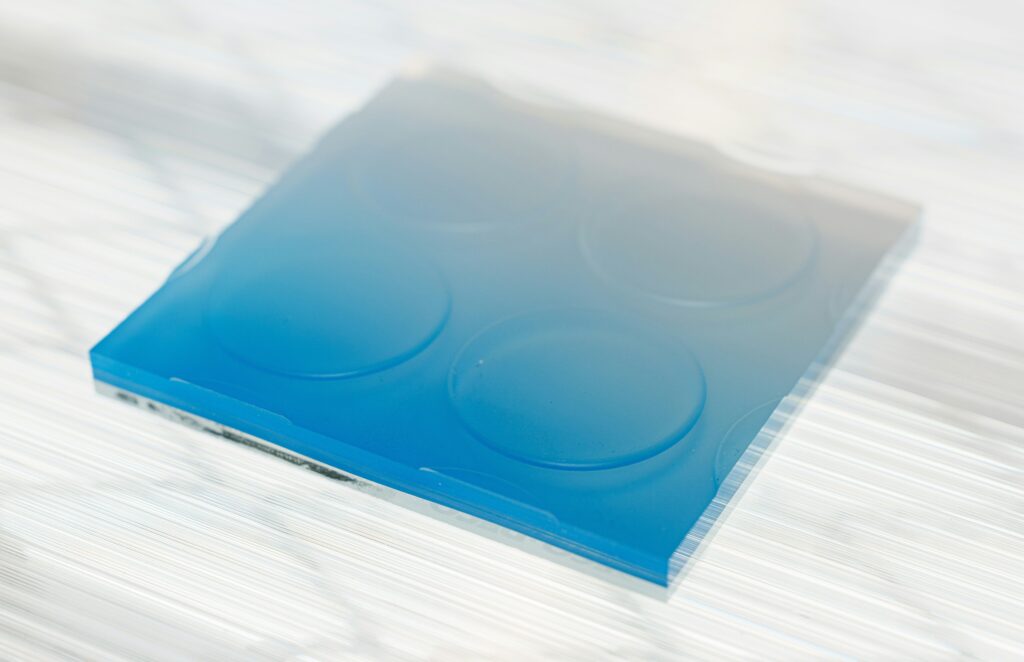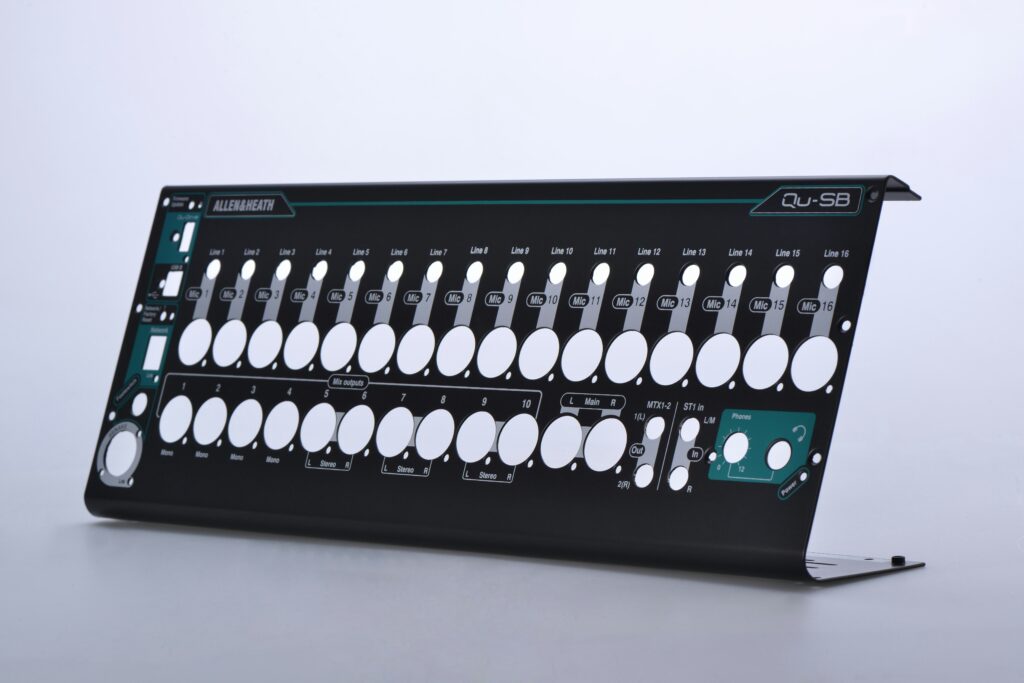“Ever wondered why your dog’s breath smells like a dumpster fire? Yeah, us too.” Spoiler alert: It’s probably their teeth. Dental health is one of those things every pet parent underestimates until it becomes a vet bill nightmare. But here’s the good news—introducing a plaque control toy into your pup’s routine can work wonders.
In this post, we’ll break down everything you need to know about plaque control toys—what they are, how to choose the right one, and tips to maximize their benefits. By the end, you’ll be armed with all the knowledge (and maybe even a few chuckles) to keep your furry friend’s teeth in tip-top shape.
Table of Contents
- The Problem: Why Dental Health Matters for Pets
- Step-by-Step Guide to Choosing the Perfect Plaque Control Toy
- Top Tips for Maximizing Plaque Control Toy Benefits
- Real-Life Success Stories: How These Toys Changed Lives
- FAQs About Plaque Control Toys
Key Takeaways
- Plaque buildup is no joke—it affects 80% of dogs over age three.
- A well-chosen plaque control toy can reduce tartar by up to 60%.
- Not all toys are created equal; look for durability, texture, and chewability.
- Pair these toys with regular brushing for best results.
The Problem: Why Dental Health Matters for Pets
Confessional Fail: When I adopted my golden retriever Max, I was more obsessed with Instagram-perfect outfits than his dental care. Fast-forward six months, and a $500 vet visit later, I realized he had an advanced case of gingivitis. Lesson learned? You don’t mess around when it comes to teeth.
Dental disease isn’t just “gross breath.” If left untreated, plaque turns into tartar, which leads to gum infections, tooth loss, and even heart problems. And guess what? Over 80% of dogs aged three and older suffer from periodontal diseases. Sounds scary, right?

Figure 1: Common signs of dental issues in pets.
Here’s where our hero comes in—the plaque control toy. This simple yet genius invention combines fun and function, keeping your pup entertained while battling bacteria.
Step-by-Step Guide to Choosing the Perfect Plaque Control Toy
Optimist You: *“Choosing a toy should be easy!”*
Grumpy You: *“Oh sure, if you’re willing to sift through 500 reviews on Amazon first.”*
- Material Matters: Look for durable materials like natural rubber or nylon. Avoid anything too soft that could break apart easily.
- Texture & Design: Opt for textured surfaces that mimic the action of brushing—nubs or ridges are great for scraping away plaque.
- Safety First: Ensure the toy is non-toxic and free from small parts that could pose choking hazards.
- Size Appropriateness: Match the size of the toy to your dog’s breed. A tiny toy for a Great Dane? Recipe for disaster.
Terrible Tip Disclaimer:
Whatever you do, DO NOT settle for cheap knockoffs. Sure, they might save you $5 upfront, but trust me—you’ll pay for it later in vet bills or emergency surgeries.

Figure 2: How to pick the perfect plaque control toy for your pup.
Top Tips for Maximizing Plaque Control Toy Benefits
Rant Section: Listen up, folks. Just buying a plaque control toy isn’t enough. Some people toss it to their dog once, then expect miracles. NEWSFLASH: Your dog’s mouth won’t clean itself overnight.
Here’s What You Need to Know:
- Use the plaque control toy consistently—at least 10 minutes daily.
- Pair it with a dental-friendly diet rich in raw bones or crunchy kibble.
- Supervise playtime, especially at first, to ensure safety.
- Replace worn-out toys promptly before they lose effectiveness.
Real-Life Success Stories: How These Toys Changed Lives
Meet Bella: Bella, a 5-year-old Lab mix, used to have such bad breath her owner avoided cuddling her. After introducing a high-quality nubby-textured plaque control toy, her dental checkups showed a drastic reduction in tartar. Now she gets snuggles aplenty—and fewer vet visits!
Nemo the Terrier: Nemo hated teeth-brushing sessions. His parents discovered a squeaky bone-shaped plaque control toy, turning dreaded hygiene routines into playful bonding moments. His gums improved within weeks!

Figure 3: Meet Bella—the success story behind proper dental care.
FAQs About Plaque Control Toys
Are plaque control toys safe?
Yes, as long as you choose high-quality products designed specifically for chewing. Always supervise during initial use.
How often should I replace them?
Every 3–6 months, depending on wear and tear. Inspect regularly for cracks or sharp edges.
Can cats use plaque control toys?
While primarily marketed toward dogs, there are feline-friendly versions available. Consult your vet for recommendations.
Conclusion
The secret to maintaining stellar pet health lies in prevention—and plaque control toys are your new best friend in this fight. From choosing the right material to making brushing sessions less awkward, these tools offer a win-win solution: happier pups AND cheaper vet bills.
So next time you’re browsing the pet store, grab a plaque control toy instead of that fluffy unicorn plushie. Chef’s kiss for drowning out expensive dental treatments.
Like a Tamagotchi, your pup’s oral health requires consistent care—so get started today!


